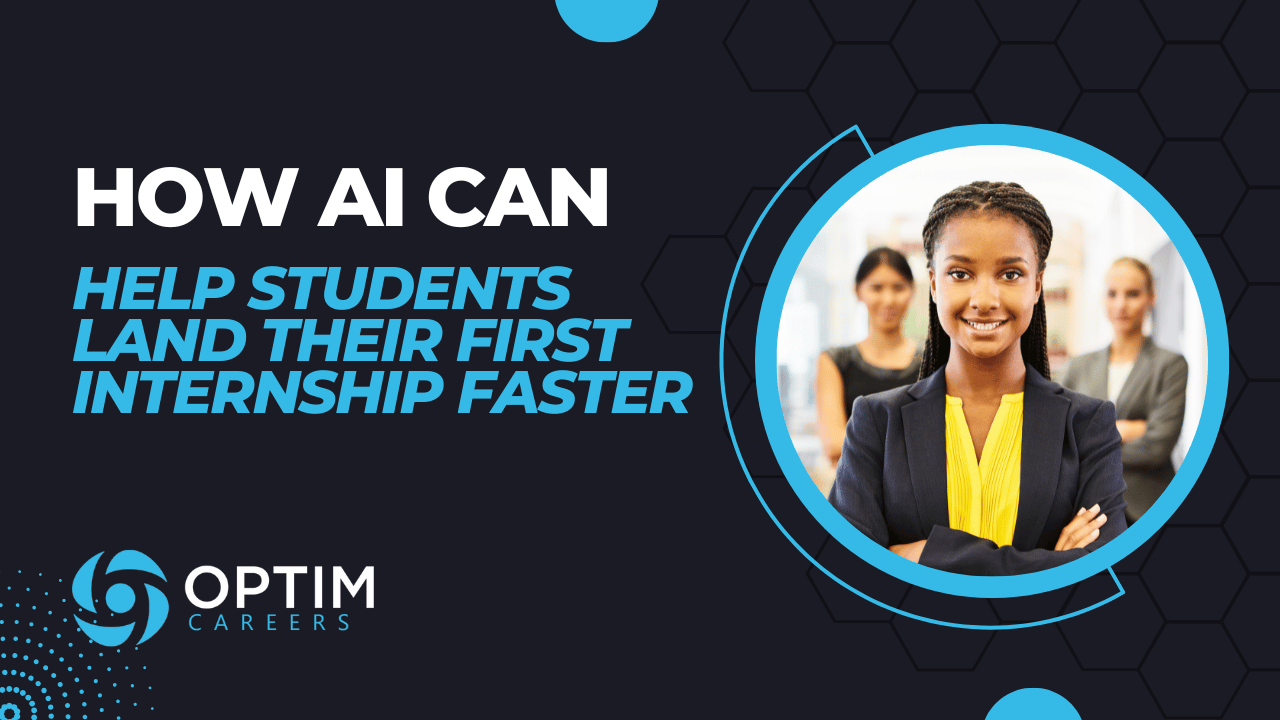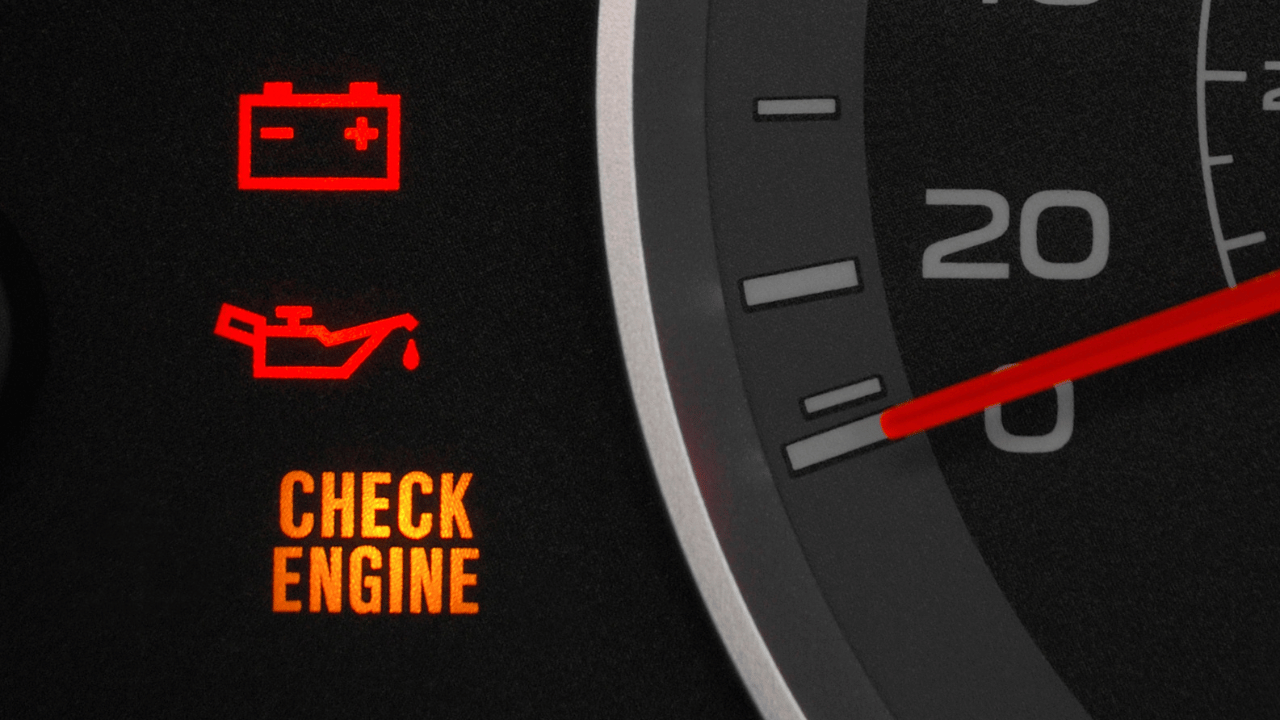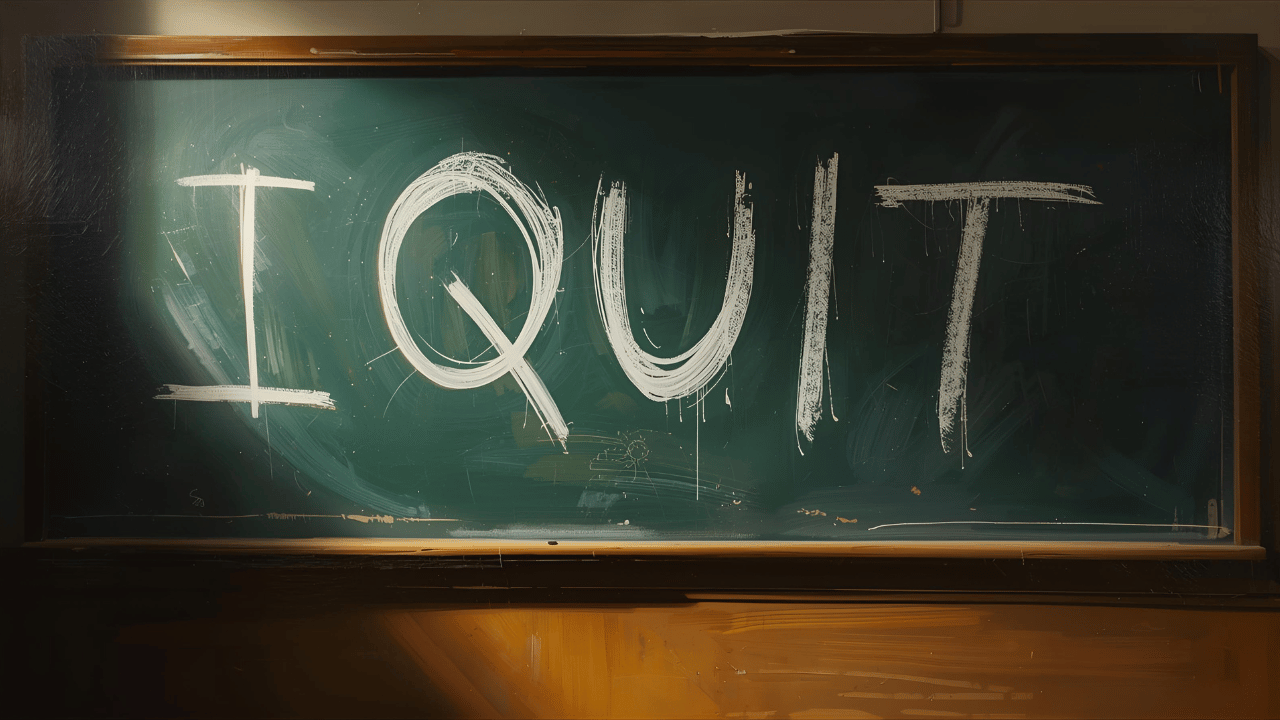ChatGPT vs. Teal For Job Seekers
AI tools are all the rage right now and I’m often asked what’s the difference between apps like Teal and Chat GPT. Is one better than the other when it comes to job searching? I’ve used both extensively for a few years now, so today I thought I would share my experiences with both. Hopefully, it helps you decide which is better for your job search.
Before I dive into it, I do want to be clear that there are no magic beans that will do the work for you. Falling for the hype on any AI tool is a recipe for disaster. AI can help, but you still need to know what you’re doing in order to use it well.
With that said, let’s take a look at these two job search tools and see how they stack up against one another.
Interface Usability
Teal has a much more rigid interface. It’s set up specifically for resume writing and job tracking whereas GPT is very open-ended. You can ask it anything and it will (attempt) to answer your questions. As you can see below, Teal has a much more complex interface (image on the left) vs GPT (image on the right)
Image: Teal User Homepage
Image: ChatGPT User Homepage
Which is Better
If you’re someone who isn’t a job search expert or someone who prefers a little more guidance, Teal is probably the better choice. If you know what you’re doing and are comfortable with AI prompts and how it works, GPT is going to be the better option for you when it comes to how easy it is to use the app to accomplish your goals.
AI Prompts
Teal
Teal has an AI component built into their resume builder. It can automatically take existing content from your resume and improve it or suggest resume bullet points based on the job title you enter. It’s very easy to use and requires no prompt knowledge. You can literally just click a button and it will generate bullet point ideas.
Teal also has a new coach me feature that asks you which responsibilities you have experience with at this job. You can select the ones you have done and it will suggest bullet points that highlight those responsibilities in an achievement-based way.
Image: Teal automatic AI prompts create resume bullet points
Image: Teal guided AI prompts to create resume bullet points
ChatGPT
ChatGPT on the other hand requires custom prompts before it can help you. Many people struggle using GPT because they don’t know how to prompt it correctly. If you use 1-2 sentence prompts in GPT it won’t yield good results.
Which is Better
I like to think of it this way. If you want to teach a child how to do something for you with detailed instructions, GPT works just fine. If you would rather have someone help guide you without much instruction, Teal is a better fit for you.
AI Resume Quality
Teal
I’ve been a tough critic of Teal in the past, but I have to say they’ve really invested in improving their AI capabilities in the past year. With that said, Teal’s AI does appear to have a more rigid logic base for how it builds resume bullet points.
The logic usually includes these elements:
What you did
The result you produced
The timeframe that result was produced in
And of course, all of that naturally has keywords included in the statements that align with the job title you entered. Quite frankly, as someone in recruiting since 2015, that is the exact type of logic you want in your AI answers because those are key components to a successful resume bullet point.
Another thing I noticed about Teal is that they don’t use a lot of fluff and unnecessary words. It’s not verbose like some AI programs. Most of the AI suggestions it gives me are actual statements I could have written on my own as a human - it sounds human.
ChatGPT
I’m less enthusiastic about GPT when it comes to AI suggestions. For example, I entered a job description and told it I did market research which expanded service offerings at my last company. I then asked it how I could write this on my resume in a bullet point.
Here’s what it gave me:
Conducted in-depth market research to identify customer needs, industry trends, and competitive landscape, providing actionable insights that led to the expansion of service offerings and improved market positioning.
Compare that to what Teal did for me in two clicks:
Expanded service offerings by 30% within 6 months through comprehensive market research, identifying client needs and industry gaps.
Are either one perfect? No, I would make adjustments to both of them. But I’d take the Teal one any day over the GPT version. GPT’s response wasn’t as concise, it lacked concrete evidence that I was good at my job, and used vague statements that mean little to a hiring team.
So I went back and prompted it more, instructing it to keep the bullet point within so many characters (I wanted it concise) and to include a relevant achievement that would show I was good at this task.
Once I did that, I had a much better result. It gave me this response:
Conducted market research that identified key customer needs, driving the expansion of service offerings and contributing to a 15% increase in customer retention.
Now, that was a much better bullet point. In fact, I think I liked it better than the Teal suggestions. But I had to create a robust prompt to get that response which took some more work on my part.
Which is Better
I think both Teal and GPT can produce quality responses; however, GPT requires more extensive prompting and work on your part to get the response. Teal on the other hand gave me a satisfactory response much easier. Teal also allows for custom prompts within their interface and because of this, I would probably choose Teal as the winner here.
Keyword Identification & Tailoring Resumes
Both Teal and GPT can be used to identify keywords for a resume.
Teal
Teal allows you to save jobs in their job tracker and then attach a job for analysis to any of your resume drafts. Part of that analysis includes finding missing keywords. Once you attach a job to a resume, you can click on the analyze button and Teal will analyze the job listing for both hard skills and soft skills, separating the two into columns. It will then tell you which of each is missing in your resume.
Teal also shows you which keywords from a job listing that you already have in your resume and will highlight them to make it easy to find where you used them and how many times you used them.
ChatGPT
You can prompt GPT fairly easily for keyword analysis. If you enter a job description, you can ask it to identify what keywords you should include in your resume. You can also copy/paste your resume into GPT and ask it to identify any missing keywords. Not only will it tell you which keywords you are missing, but it will categorize them and tell you where you could include them.
I was rather impressed with its ability to do this. Below is a screenshot of part of the GPT response I received.
Image: ChatGPT Keyword Identification and Suggestions
Which is Better
ChatGPT was the clear winner in keyword identification. I found Teal’s keyword suggestions were very elementary and often keywords that weren’t necessary to focus on.
For example, Teal gave me keywords such as these for an enablement job:
Implementing
Curriculum
Resourcing
Adoption
Renewals
Partnerships
Those are fine, but really basic and lacking sophistication.
GPT on the other hand gave me keyword suggestions like these for the same job listing:
Vertical Enablement
Go-to-market (GTM) Strategy
Enablement Programs
Revenue Personas
Enterprise Sales
These keyword suggestions were so much more sophisticated and helpful. Not only did GPT give me better keywords, but it broke them down into categories. It gave me a list of core keywords. Then it gave me some descriptive phrases as suggestions on how I could incorporate some of them. It also gave me a list of soft skills and traits that I could consider including in my resume. And finally, it gave me a list of relevant technologies and tools that I could add to my resume - some of them not listed in the job description, but similar to those that were and would have a positive impact.
Tracking and Managing Job Applications
Teal
Teal was initially built as a job-tracking software. If you’ve ever used a ticketing system, a sales CRM, or an ATS, then you have a good idea of what Teal’s job tracking system is like. It operates on premises similar to these softwares, but for job seekers.
Teal’s job tracker allows you to enter all kinds of information and keep track of the jobs you’ve applied to as well as their status so you always have visibility into your job pipeline. You can quickly see how many jobs you’ve applied for, how many you are interviewing for, and everything in between saving a job to accepting a job offer. This is helpful for identifying bottlenecks and areas of improvement while you job search and staying organized with advanced job search tactics.
ChatGPT
GPT doesn’t do anything remotely similar to this. It was not built to track or manage job applications.
Which is Better
Teal is clearly the choice if this is your goal because GPT doesn’t have a function that can do this.
Finding New Jobs
Teal
Teal can search for jobs for you. It has a feature that allows you to enter things like job titles, years of experience, salary requirements, and keywords to include or omit from job listings. Once you enter your criteria, Teal will serve you with a list of jobs from across the web that match.
You can then add those jobs directly to your Teal job tracker and apply directly on company websites. I haven’t checked every job, but of the hundreds that I have checked over the years, every job leads you directly to the company’s career page to apply.
ChatGPT
ChatGPT doesn’t have the ability to access the web to get job search results. However, SearchGPT is in the prototype stage and eventually may be able to do this in the near future. In the meantime, if you ask it to help you find job openings for a particular job title, GPT can suggest platforms to search on and will give you boolean search strings (basically, how to type phrases into a search bar) that you can use on those platforms to find the right jobs.
Which is Better
If you’re looking for a database of jobs, Teal is the clear winner. If you’re looking for ideas about where you can search for jobs and how to find the specific jobs you’re looking for, GPT is more helpful.
Career Guidance and Career Changes
Teal
Teal only has AI built into their resume and cover letter features. It’s not an open-source AI that can be used for all things. While they do host helpful webinars and have resources on their blog, outside of that Teal is not used for career guidance. That’s just not what the app does.
They do have a work styles quiz and analysis, but I haven’t found it very helpful in identifying other career paths that someone might be qualified for.
ChatGPT
GPT on the other hand can be prompted to give you suggestions about where you might be able to leverage your skills into new industries or job titles. If you copy/paste your resume and ask GPT to give you suggestions about what other jobs you might be qualified for, it usually responds with some good ideas.
Keep in mind that the results will depend on how well your resume is written and how well you prompt the AI. If you put garbage in, you’ll get garbage out.
I wrote a resume recently for a mid-level enablement professional and asked GPT to give me suggestions about alternative job titles. It gave me 7 categories of jobs that I would be qualified for and could explore. Within that, it also gave me 3 to 5 specific job titles to search for within each category.
Which is Better
If your goal is to explore career opportunities, GPT is the clear winner. Teal has no features that are similar to this.
Cover Letters
Teal
Teal has a cover letter AI writer built into its program. You can select the length of your cover letter, the tone of voice you wish to use, the job duties you wish to focus on from the job description, or custom prompt it to build a cover letter for you.
I’ve tried the cover letter AI multiple times and I haven’t been impressed. It usually spits out what resembles a regurgitation of the resume with vague statements about how I’m passionate and knowledgeable. This is not how you should write a cover letter (at least not if you want anyone to read it).
I even tried custom prompting it (which is an option with Teal) the same way I did GPT and it still gave me something that was not workable.
ChatGPT
GPT, with the right prompting, did an amazing job at generating a cover letter I could work with. I had to give it the job description, and my resume, and tell it the 3 things I wanted it to reference in the cover letter, but it did it and it did it well.
Which is Better
There is no contest here. If you’re writing cover letters with AI help, GPT is the way to go. Just take a look at the two images below and you’ll notice the quality difference between Teal and GPT immediately.
Image: Teal Cover Letter Response
Image: ChatGPT Cover Letter Response
The two of these are not even close. GPT was much more specific, chose better material to use, and followed the prompt much better.
Interview Prep
Teal has a newer interview practice feature. It’s a little hard to find, but if you move a job in your job tracker to the interview stage, it will appear in the action items on the job card. Teal will allow you to record yourself on camera.
You can choose which type of interview you wish to prep for, selecting from an initial phone screen, technical interview, cultural interview, or other. The program will then launch you into an AI-run mock interview.
The mock interview itself did a great job of pulling relevant questions from the job description and asking me follow-up questions based on my answers. I would use it again to prep for interviews.
When you finish the mock interview, it will tell you how you did and break down how many words per minute you used, how many seconds your answers were, and if those two metrics are within normal ranges of successful candidates.
It then gives a list of what you did well on each question and where you could improve which I found to be very helpful and accurate.
Image: Teal AI Mock Interview Results
Image: ChatGPT Interview Question Suggestions
ChatGPT
GPT doesn’t have the ability to record you in a mock interview and analyze your results, but it is still useful for interview prep. I entered a job description and my resume, and asked it to pretend to be various people who could interview me. I then asked what questions each person was likely to ask during an interview.
It did a fantastic job of giving me relevant questions based on who would be interviewing me, the job description, and what I wrote in my resume. It also gave me insight into why each question might be asked.
If I wanted to prepare for an interview and didn’t need the analysis of my responses such as how fast I’m speaking or how long I take to answer, GPT would be a go-to resource for me.
Which is Better
Both can help with different interview preparation items. Teal is the better choice if you want an analysis of how fast you’re speaking and how long you are taking to answer the question.
GPT however gave me better questions to prep for and broke down why each question was being asked. It was simply more robust in preparing for an interview. I could also type my answer into GPT and it would give me instructions about how I could improve. I thought those suggestions were slightly better than Teal’s.
Pricing
Teal
To use all the features in Teal such as the AI, you will need a Teal+ subscription which starts at $9/week. You can also buy a month for $29 which saves you a bit more money. I think the real value in Teal is using it regularly throughout your career and not just when you need a job. If you’re using it only after you need a job, I think you’re too late and miss out on a lot of the benefits it offers.
If you continue to add achievements and data to your Teal account as it happens, then it makes things so much easier when you do want to search for a new job because you can toggle on the things that are relevant and toggle off the things that aren’t in your resume. This makes it easier and faster to hit the ground running when you want to launch a new job search. If this is your strategy, Teal offers an annual subscription for $179 per year.
ChatGPT
GPT 4 Mini is free to use. They do offer a GPT plus subscription for $20/month, but I find that the free version was good enough. The results you saw in this article are all from the free version.
Which is Better, Teal or ChatGPT?
I think the answer to that depends on what you are trying to accomplish and your skill level with resumes, interviews, and AI prompts.
If you’re looking for a no-prompt answer and need more guidance, Teal outperforms GPT for many features. Teal offers very structured tools.
If you’re looking for resources that can offer you a job database and help you manage your applications, or conduct mock interviews, then Teal is the clear winner.
If you’re looking for more brainstorming power, help writing cover letters, coming up with detailed interview questions to prepare for, or suggestions about alternative career paths, then ChatGPT is going to be more helpful.
You can try Teal for free here.
You can try ChatGPT for free here.
Alternative AI Tools That I Like
Some other AI tools that I like for job searching include:
Huntr
I find that Huntr is more robust and produces good results for resume bullet points. It is usually my go-to app for that purpose.
You can try Huntr for free here.
TextBlaze
I use TextBlaze for all kinds of things. It’s similar to ChatGPT, but can read the webpage you’re on - making it easier to prompt. For example, if you were building a cover letter, you could open my cover letter article in your browser, open TextBlaze, and simply tell it to “Write a cover letter for an enablement job following the process on this page.” It’s that simple.
You can try TextBlaze for free here.
ChatGPT vs. Teal for Job Seekers Recommended Reading
Best AI Resume Builders for 2025
Best Resume Writing Services for 2025
Cole Sperry has been a recruiter and resume writer since 2015, working with tens of thousands of job seekers, and hundreds of employers. Today Cole runs a boutique advisory firm consulting with dozens of recruiting firms and is the Managing Editor at OptimCareers.com.

























